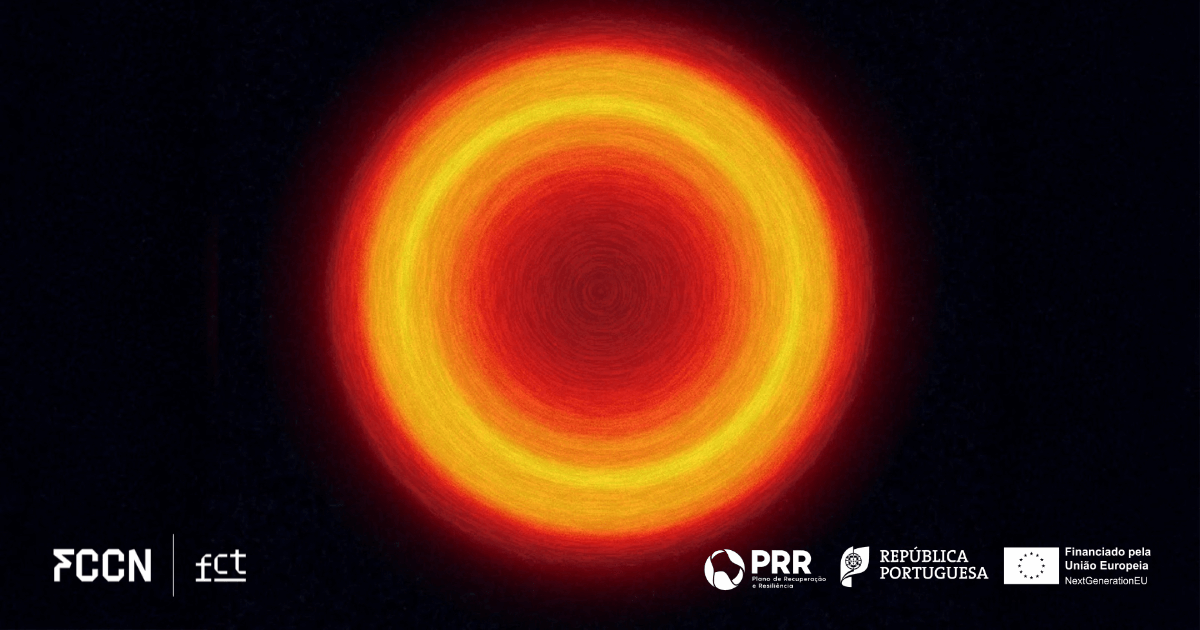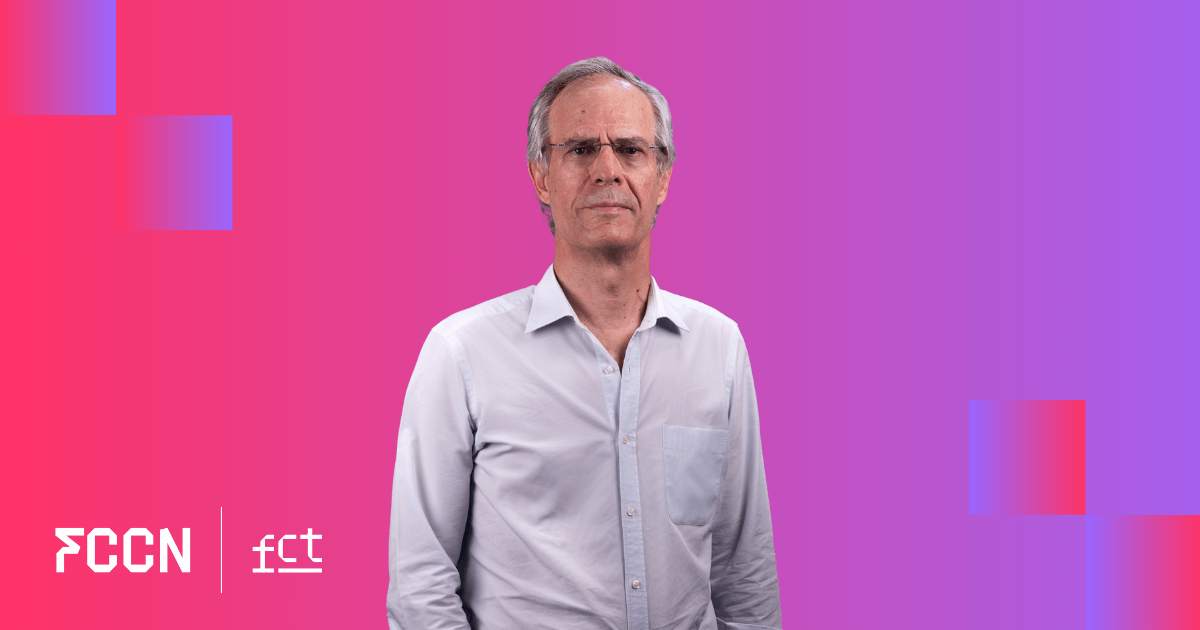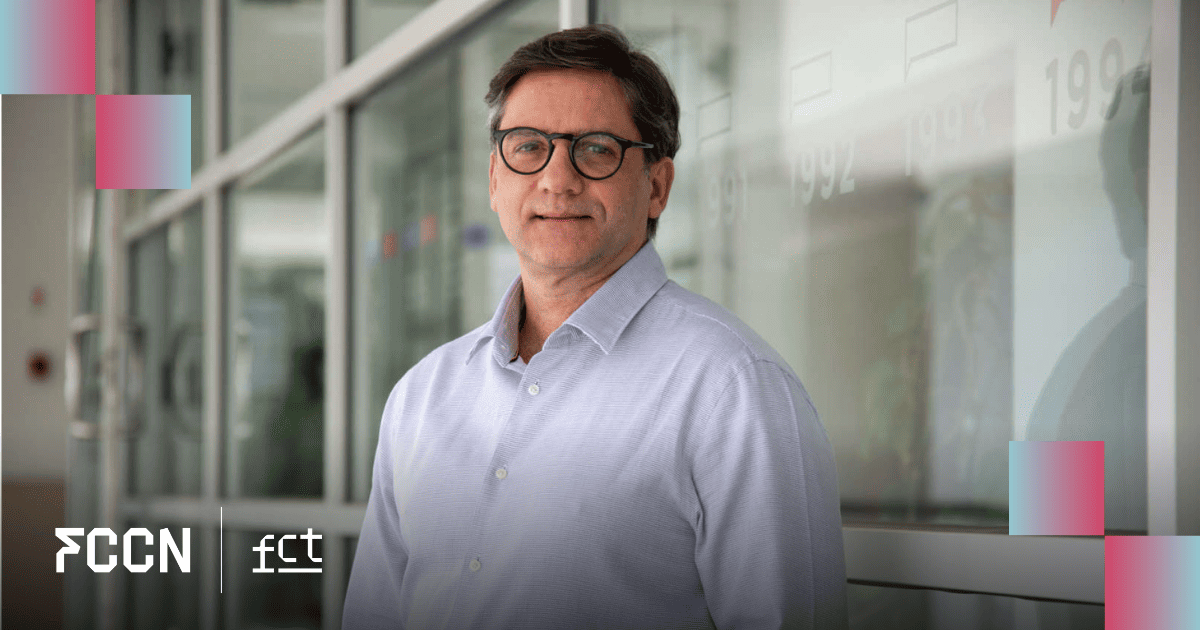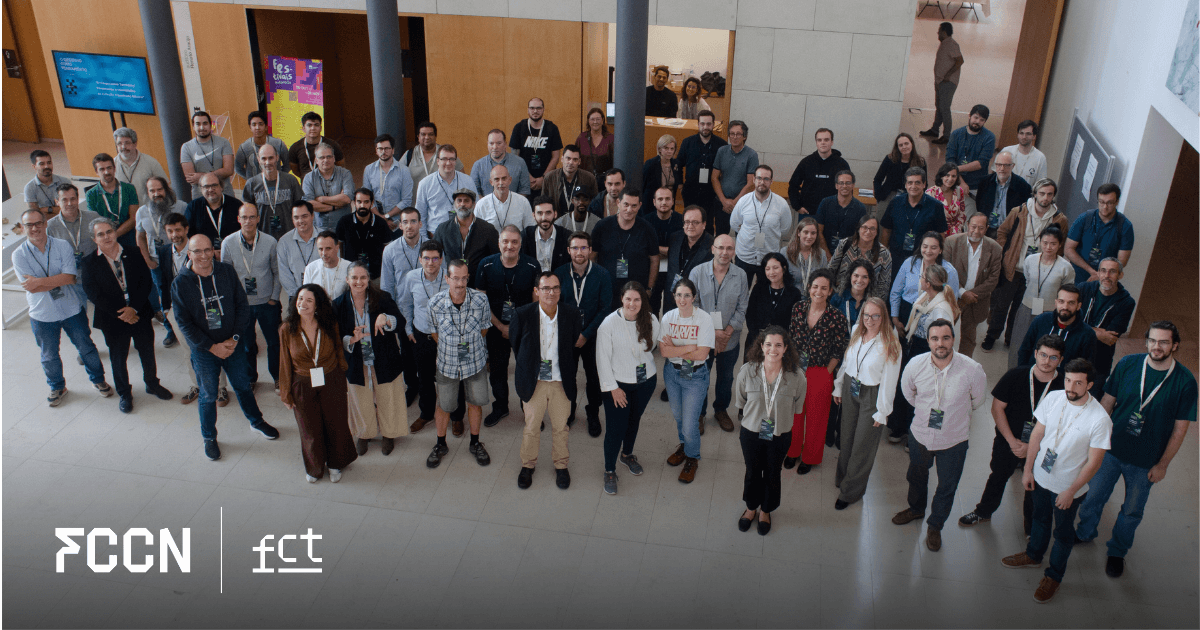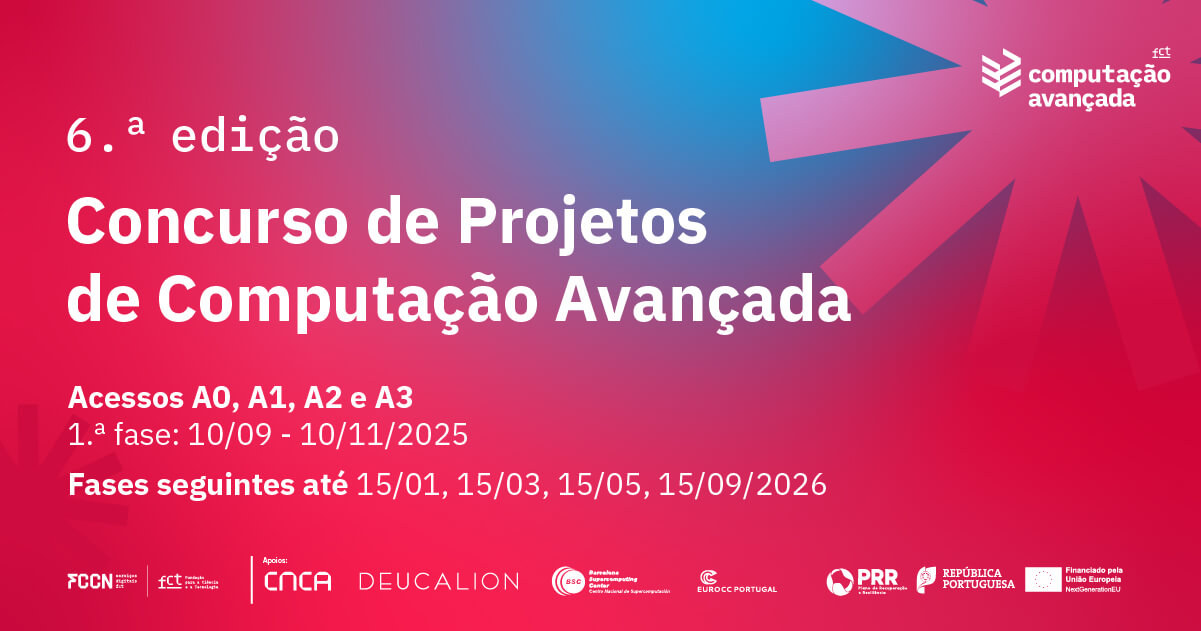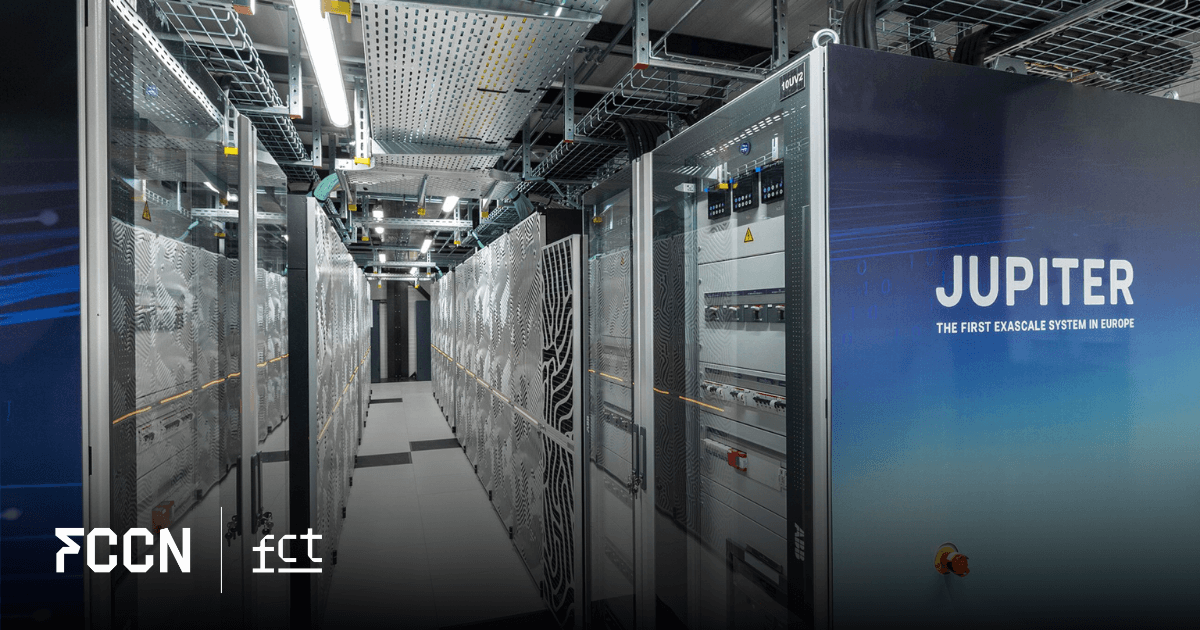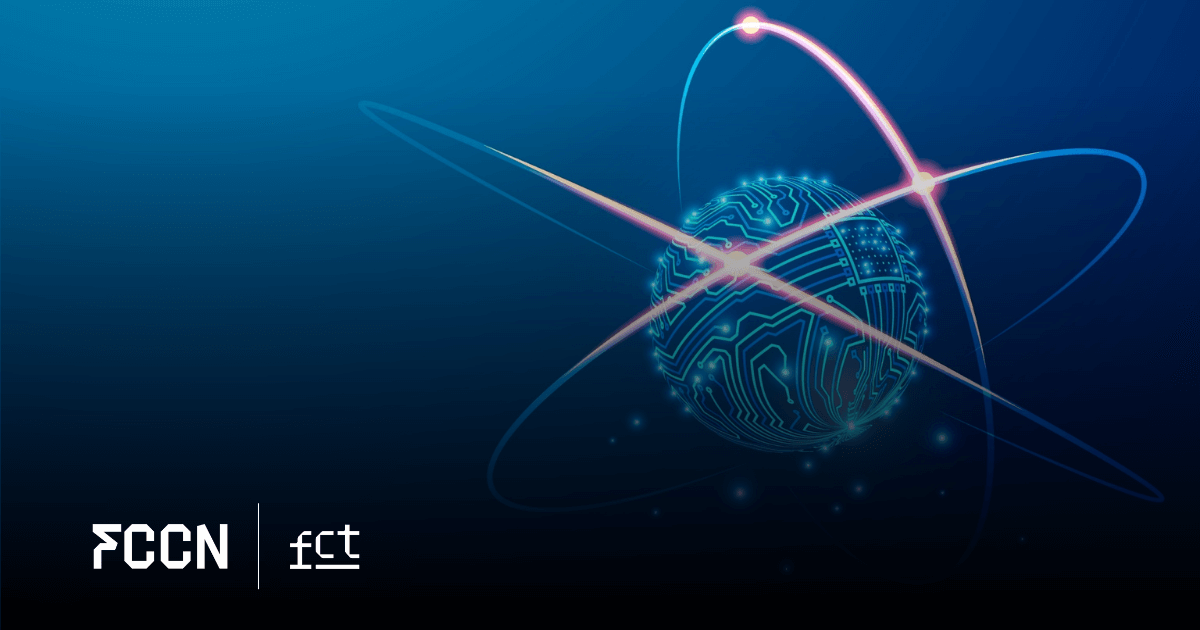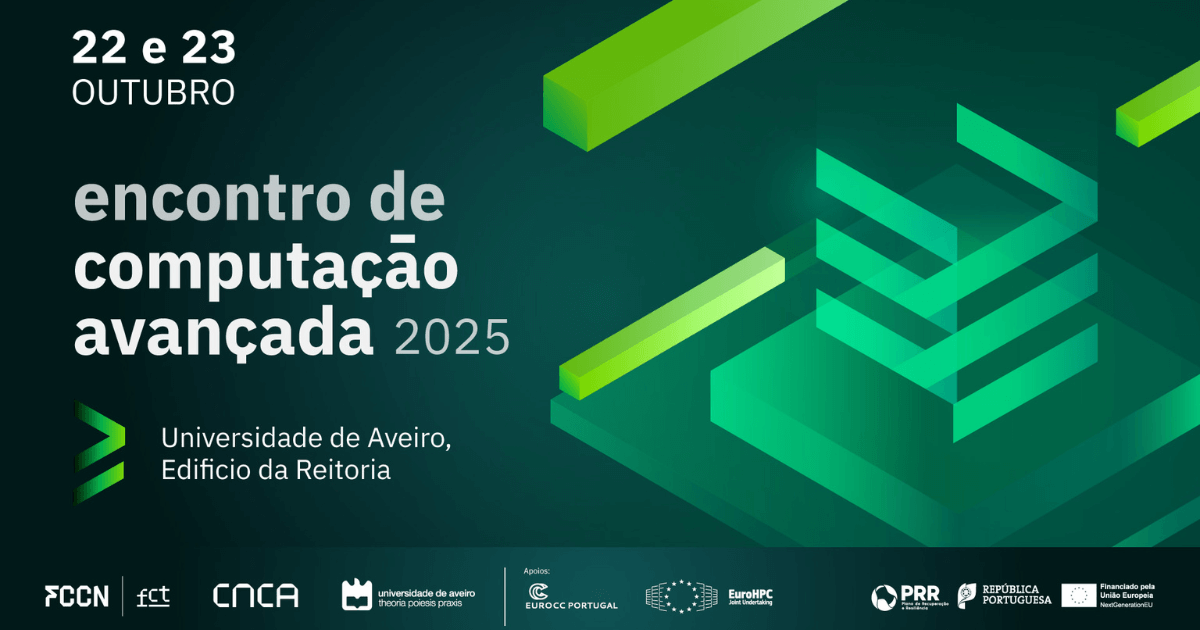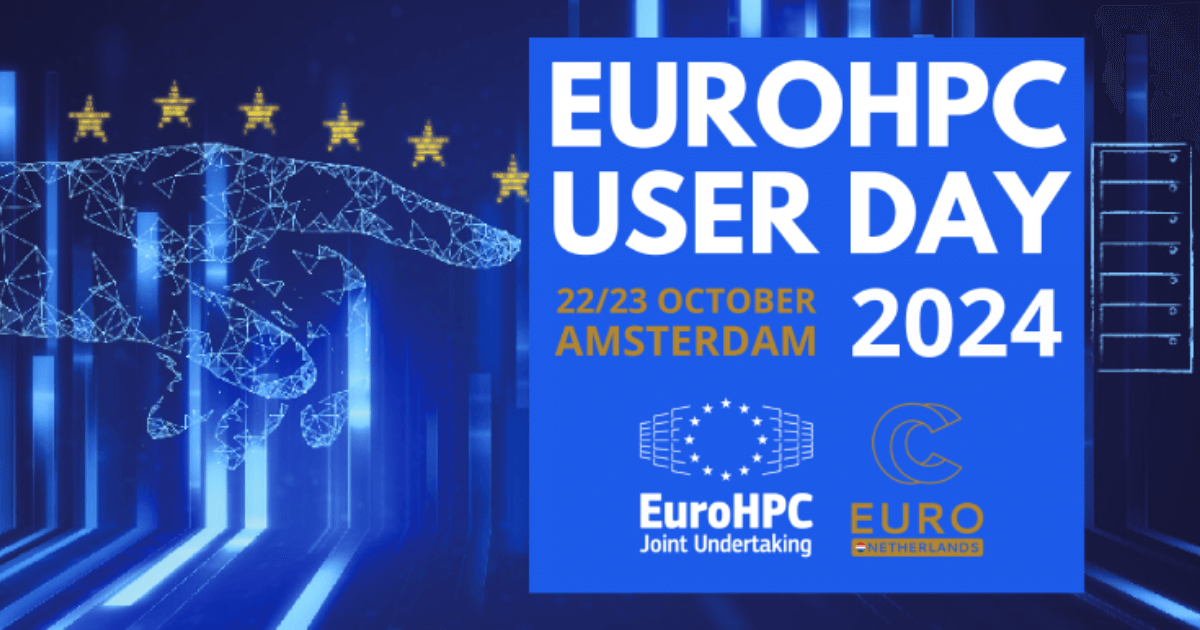Researchers Luís Oliveira e Silva, Thales Silva, and Pablo Bilbao (PhD student) from the Institute of Plasmas and Nuclear Fusion, a research unit of the Instituto Superior Técnico, discovered previously unknown properties in plasmas, which travel at nearly the speed of light when exposed to ultra-intense magnetic fields. The discovery, published in the scientific journal Science Advances, could help explain the origin of radio emissions observed from neutron stars.
For this discovery, which defies the classical laws of statistical physics, The researchers used the advanced computing services made available to the scientific community by the Foundation for Science and Technology (FCT), through its digital services unit, the FCCN.
The ability to perform demanding numerical simulations and process large volumes of data with high performance—tasks currently enabled by the Deucalion Supercomputer, funded by the Recovery and Resilience Plan—proved essential to the success of this research. The research team emphasizes the crucial importance of these resources in achieving the results.
"The reported discovery explores the nonlinear behavior of plasma, and the theoretical prediction can only be unequivocally demonstrated with large-scale numerical simulations," explains Luís Oliveira e Silva, project coordinator.Without these simulations, the discovery could not be confirmed. In our work, simulations are authentic numerical experiments and, without the Advanced Computing resources of the FCT, these numerical experiments could not be carried out”, he adds.
Pablo Bilbao, a researcher on the team, also highlights the limitations they would face without access to advanced computing: "Without the FCT's advanced computing resources, we would only have been able to study the beginning of the process, where theory can still predict what happens. But it was thanks to large-scale simulations that we were able to go much further—and it was along this path that the new phenomenon eventually emerged. Without this access, this discovery simply wouldn't have been possible."
The help of Advanced Computing resources
In addition to the computing resources themselves, the team also highlights the effective collaboration with FCCN's technical services: “We express our deep gratitude to the FCCN team, in particular to Advanced Computing Services and to Deucalion, for the resources they made available to us and for the support provided, both technically and administratively, throughout the project. This support was essential to maximizing the use of available resources," says Thales Silva.
Luís Oliveira e Silva further emphasizes the importance of advanced computing for the competitiveness of national research: "In our work, numerical simulations are central, serving as the scientific instrument for testing our ideas and theories. Without the FCT's advanced computing resources, we would not be able to conduct internationally competitive research. And with appropriate and closer technical support, the work is significantly accelerated. It allows us to be at the forefront of astrophysical plasma research, competing with the world's best groups in this field."
THE Deucalion is part of the European Joint Undertaking's supercomputer network EuroHPC, accessible to the research and innovation communities. This is a joint project of the FCT, developed through the FCCN and the European partnership EuroHPC, funded by Investment RE-C05-i08 “More Digital Science” of the Recovery and Resilience Plan (RRP), this supercomputer being capable of achieving a high-performance Linpack (HPL) performance of 8.9 petaflops.
Image note: In these scenarios, electrons are arranged in a ring, in what physicists call momentum space—a way of visualizing particle velocities rather than their positions. The ring indicates that all electrons share nearly the same energy, a special condition that occurs in magnetized plasmas and can trigger the instability that gives rise to bursts of coherent radio waves. Credit: Pablo Bilbao, GoLP/IPFN/IST

